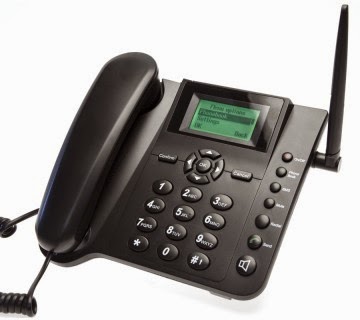Yesterday I had the opportunity to spend some time experiencing what life is like in a wheelchair in Haiti. Maxony and Kenny, two peer educators in the Spinal Cord Injury Program at SBHF, provided me with this unforgettable experience.
Having been injured in the devastating 2010 earthquake, Maxony and Kenny have been with SBHF's program for over five years. Initially as patients, now they work for the program as peer educators. They help patients in our center adjust to the dramatic life-change a spinal cord injury brings, and they support participants in our nation-wide community reintegration program as they fight to live with a spinal cord injury (SCI) in Haiti. Which as I experienced first hand, is no easy task.
My time in a wheelchair started by meeting Maxony and Kenny at our SCI Center. The two of them arrived by getting pulled by a motorcycle taxi to get up to the center. First things first, we found a wheelchair for me to use. And just like you would do when taking a bicycle out that hasn't been rode in a while, we ensured it was ready to ride. We checked the tires for air, ensured the brakes worked, and tested in the center before heading into town. Once ready to go, we left the comfort of the SCI center, where nearly everything is flat and wheelchair-accessible, and headed into town. Even just leaving the hospital grounds made for a challenge. In order to get from the SCI Center to the main road in front of the hospital, we had to traverse down short dirt road, full of bumps, rocks and tree roots. Luckily for me, and Maxony and Kenny for that matter, the "main road," which unlike many rural towns in Haiti, was paved.
Maxony and Kenny zoomed their way down the slight decline, while I was still figuring out how to keep my wheelchair in control, go straight, avoid rocks, and maneuver over speed bumps and depressions in the road. Going downhill proved to be challenging, as the only way to slow yourself down is to tighten your grip on the rim designed to propel, and as I found out, slow-down the wheelchair.
Going uphill wasn't easy either. During my orientation for the wheelchair use, Maxony had instructed me to make sure I leaned forward when going up-hill. Just like hiking, I thought. Which it was. However, I never realized how easy it was to tip back in a wheelchair. This advice became extremely important when trying to go up the ramp to Maxony's and Kenny's house. The first part of the ramp didn't seem that steep, but in a wheelchair, it was extremely challenging. After two attempts, one almost catapulting me out of the chair, I got a helping hand from a community member who pushed me to an easier section.
Visiting their house reminded me that nearly every task they do requires an extra effort. Opening doors, going to the bathroom, showering, getting water, and more. All tasks magnified by living in a section of rural Haiti where there is no electricity and no running water.
After the house visit we headed to the market area where there are always townspeople hanging around. To leave their house to go to the market, we had to take a different route because the ramp we came up was too steep to descend safely and they only do it when the rain makes the alternative route impassible. (See part of the alternative route in the video below.) Once in town, there were certainly more stares than I am used to getting in Haiti. As a person with white skin in rural Haiti, people often have their eyes on you. However, this felt different. I don't know if it was me or them, but it felt like I was getting different types of stares. The townspeople are used to having people traversing in wheelchairs, but I am not sure if they had ever seen a person with white skin in a wheelchair before. And whether it was good or bad curiosity, it certainly made me realize I was in a different physical position than them...I was in a wheelchair.
After the visit to the market area, we made our way back to the SCI center. A walk that normally takes me 10 mins by taking the shortcut, took at least 30 mins. Partly because of the longer route needed to take due to the wheelchair and largely in part because of the difficulty in going up the slight hill in a wheelchair.
In the end, it was a small adventure for me. As a whole, eye opening and physically challenging. But the most difficult part was not the physical challenge of getting around town. The most difficult moment was when I got out of the wheelchair, and Maxony and Kenny could not, and will not be able to get out of the wheelchair.




























